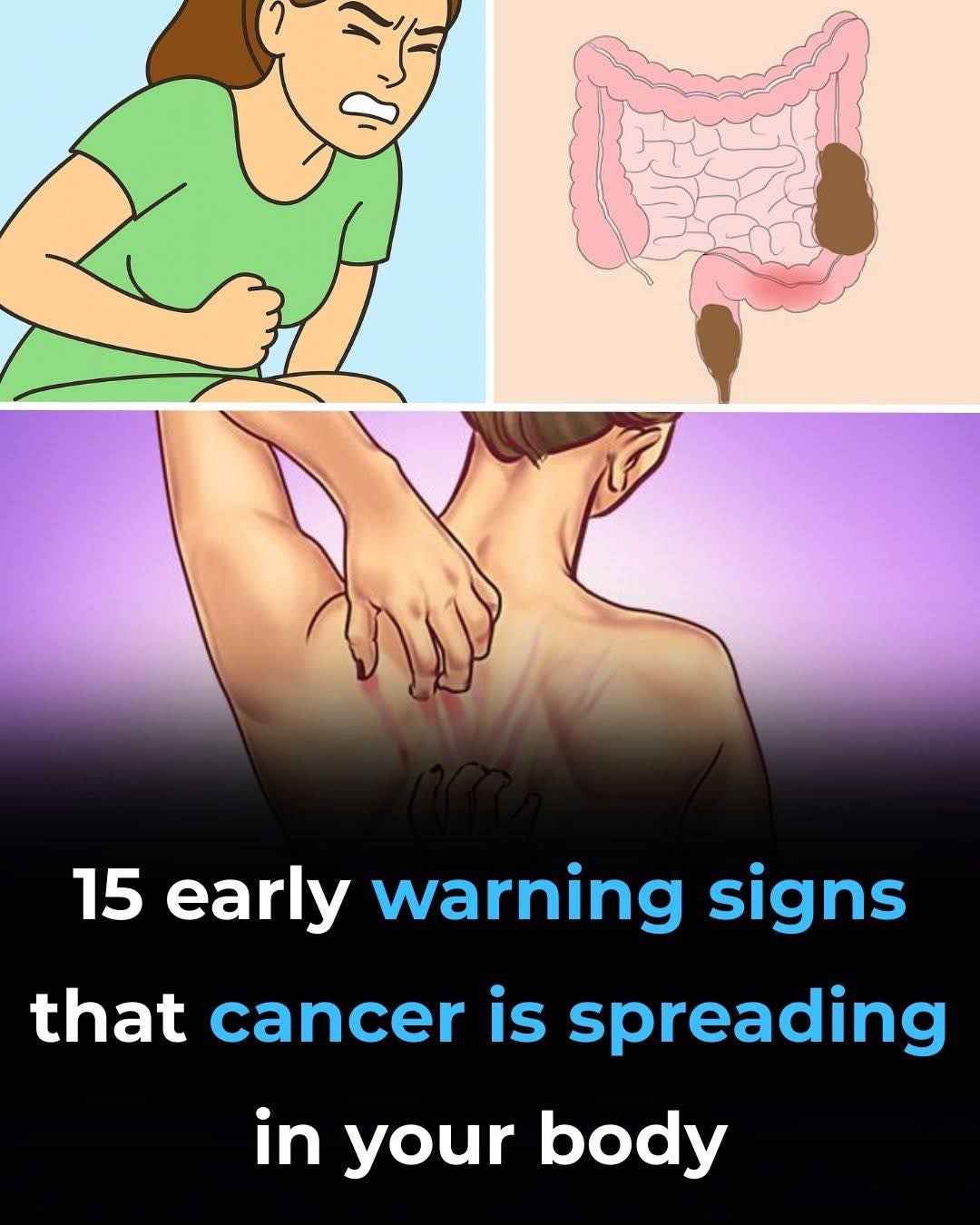⚠️ When Swelling Could Signal a Health Problem
While occasional swelling is normal, certain patterns can point to underlying conditions — especially if swelling is:
-
Sudden
-
One-sided
-
Painful
-
Persistent
-
Accompanied by other symptoms
🚩 6 Serious Conditions Linked to Swollen Feet
1. Deep Vein Thrombosis (DVT)
-
A blood clot in a deep leg vein
-
Usually one leg with pain, redness, warmth
-
🚨 Medical emergency — risk of pulmonary embolism
2. Heart Failure
-
Heart can’t pump effectively → fluid backs up in legs
-
Swelling in both feet/ankles, worse at day’s end
-
Often with shortness of breath, fatigue, weight gain
3. Kidney Disease
-
Kidneys can’t remove fluid/sodium
-
Swelling in feet, hands, around eyes
-
May also have foamy urine, fatigue, high blood pressure
4. Liver Disease (Cirrhosis)
-
Liver fails to produce albumin → fluid leaks into tissues
-
Swelling in legs (edema) and abdomen (ascites)
-
Often with jaundice, easy bruising, fatigue
5. Chronic Venous Insufficiency
-
Weakened vein valves → blood pooling in legs
-
Worse with standing, improves with elevation
-
May also have varicose veins, skin changes
6. Lymphedema
-
Lymphatic blockage/damage (after surgery or infection)
-
Chronic, firm swelling (often one-sided)
-
Skin feels thick or tight
✅ What You Can Do at Home (For Mild Swelling)
-
Elevate your legs above heart level
-
Walk or move regularly
-
Wear compression socks
-
Reduce salt intake
-
Stay hydrated
-
Avoid tight shoes/socks
❗ Don’t ignore swelling that doesn’t improve in 2–3 days.
ADVERTISEMENT
